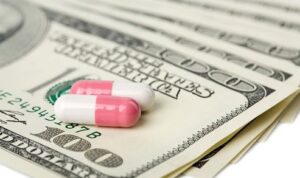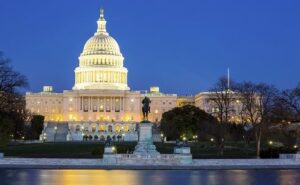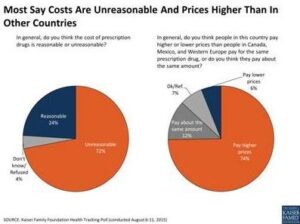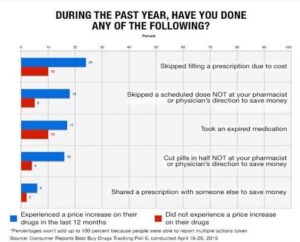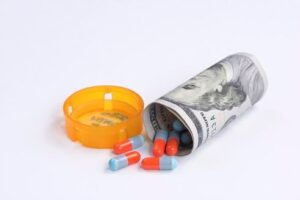© 2024 CSRXP- All Rights Reserved
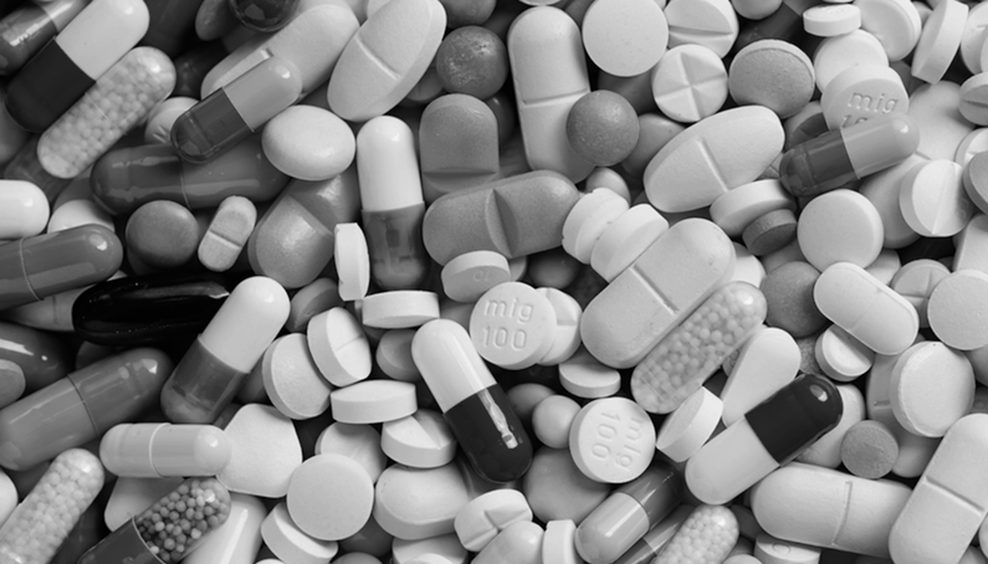
Rx Pricing – A Year in Review
Dec 17, 2015
Drug pricing has been a hot topic in 2015 — and what a year it has been! As the year winds down, we wanted to revisit a few notable news items that helped shape and drive the conversation. Check out our Top Picks below.
1. Drug Goes From $13.50 a Tablet to $750 Overnight
After acquiring Daraprim, a 62-year-old drug used to treat a life-threatening infection, Turing Pharmaceuticals immediately raised the price to $750 a tablet from $13.50, bringing the annual cost of treatment for some patients to hundreds of thousands of dollars. These iresponsible actions generated a significant amount of attention from lawmakers, consumers, patients, and media nationwide.
“This same medication can be purchased overseas for $.66 a pill — a fraction of what it costs in the U.S. — which makes us question how the pharmaceutical industry can justify their outrageous and harmful pricing strategies,” the Campaigns Rother noted. Check out our full statement here.
2. New Cholesterol Drugs Are Vastly Overpriced, Analysis Says
Two powerful new drugs that can sharply lower cholesterol were vastly overpriced based on the value they provide, according to an analysis from ICER. The analysis showed that when measured by the health benefits the drugs provide, the price should be only about one-third of the original recommendation set by the manufacturers.
“Recent examples of indefensible drug price increases highlights the important challenges facing the health care system when manufacturers raise prices without regard to value.” More from John Rother on the need for a sustainable pricing solution.
3. Lawmakers, Candidates Target High Drug Prices
Lawmakers and the Obama administration have started to target pharmaceutical companies over high-priced drugs, a sign that legislators are trying to bridge partisan differences to tackle a key driver of rising health care costs, The Wall Street Journal reported.
“We appreciate that presidential candidates are engaging on the high price of prescription drugs because of the strong demand from voters for action. We believe that market-based solutions are best and will work with candidates from both parties to advance meaningful reform.” More from the Campaign here.
4. Strong Bipartisian Public Support to Curb Rx Prices
With a spotlight shining bright on the issue of prescription drug costs amongst policymakers and the media, a recent health tracking poll by the Kaiser Family Foundation that found that an overwhelming percent of Americans blame pharmaceutical companies for the rising cost of medicines.
“The cost of specialty pharmaceuticals threatens to bankrupt the health care system; that’s why physician, labor, and patient activist groups have joined our effort to call for greater transparency and responsibility in specialty pharmaceutical pricing,” John Rother noted in response to the release of the results.
5. Soaring Drug Costs Prevent Patient Access
Unsustainable price trends took center stage this summer after a Consumer Reports’ poll revealed that Americans simply cannot keep up with rising drug prices. The poll shows that 75 percent of those being hit by these sky-high costs are saying that they need to cut back on their spending, including on food, in order to pay for their medication.
“It is clear that unsustainable and irresponsible drug price tags not only threaten treatment access for millions of patients nationwide, but also put a significant strain on public programs, state budgets, and consumers in need.” More from Rother and the Campaign.
6. Drug Spending to Jump 30% to $1.3T in 2020
As criticism of soaring prescription drug prices in the U.S. grows, global spending on medicines is expected to rise 30 percent to to $1.3 trillion in 2020, according to a new forecast from IMS Health.
“Our system is out of balance and simply cannot sustain this current trend in drug pricing. We are on a dangerous path and our country desperately needs and deserves a responsible, market-based pricing solution before it’s too late,” Rother explained.
7. PhRMA’s Overused Talking Points
PhRMA often uses “retail prescription medicines” and “prescription medicines” interchangeably in discussing the total cost of drugs to the U.S. health care system. PhRMA also makes sure to note regularly that drug spending accounts for “only 10 percent” of all healthcare spending.

The reality is that many of the fastest growing categories of drug spending result from drugs administered in physicians’ offices and hospitals—numbers not accounted for in “retail” prescription medicines. The truth is that total prescription drug costs are closer to 20% of health care costs. Download our FactCheck here.
We’re looking forward to an exciting 2016, but In the meantime, be sure to follow CSRxP on Twitter and head over to our website for more resources on the topic of unsustainable drug pricing. We’ll see you next year!


